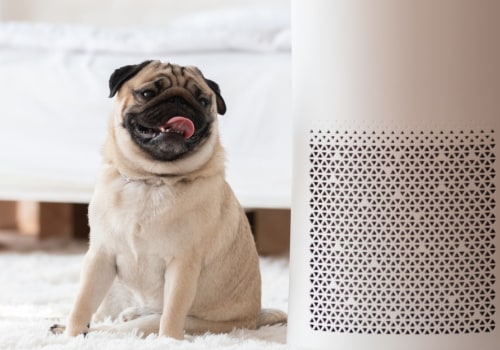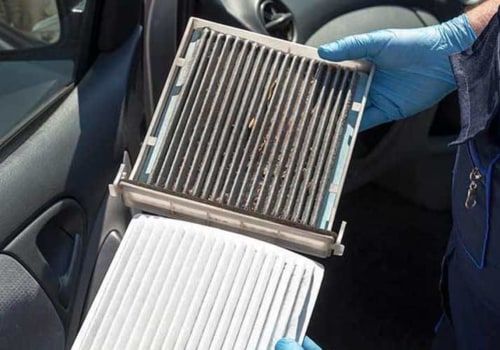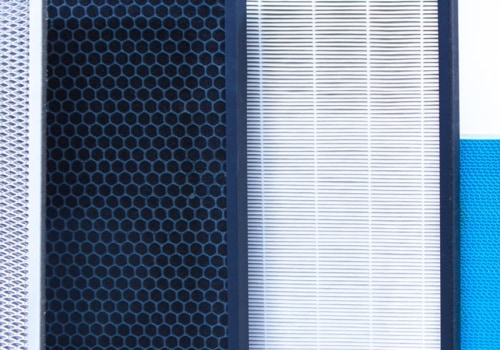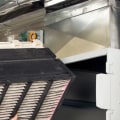Is a MERV 8 rating sufficient for air filtration in the average residential home? The answer is a resounding yes. A MERV 8 filter can effectively capture mold spores, pollen, and most cleaning products. However, it's important to note that individual circumstances may require a filter with a higher MERV rating. The choice of the word “sinking” was intentional.
It should be clear that you should not attempt to go down to a rocky bottom MERV filter. If you or someone else in your household smokes, you need more filtration than what a MERV 8 provides. So why use them? The main reason is that some older units can only handle these filters. A couple of decades ago, lower quality filters were almost the only ones used in homes.
Technology for HVAC units has progressed since then and most modern units in recent years should be able to have a MERV 8 filter at least. However, older units may not be able to have enough air pressure to force air through a higher efficiency filter. Attempting to do so could cause significant problems, as well as the need for repairs. Note that the MERV 5-8 range can only capture air pollutants of 3.0 microns or greater. As a result, MERV 8 filters capture medium-sized particles, such as aerosols, mold and dust.
For most homes, this isn't enough. Harmful viruses and bacteria will continue to circulate in your home, as will smoke and other forms of air pollution. A MERV 8 filter is sufficient for the average home because these filters cover common allergens such as pollen and mold. The thickness of the filter material in a MERV filter 11, for example, is greater than that of a MERV filter 8.Sometimes particles such as pollen, pet dander, and fine dust can sneak through the filter unless you get one with a higher MERV rating. It's best to comply with oven manufacturer's recommendations or consult an HVAC professional to determine exactly which MERV rating is best for your specific system. Low-efficiency filters are generally within MERV 1-4 and high-efficiency filters are MERV 13 and later.
If you want it to at least clean the air and handle dust, mold, pollen and bacteria, then a MERV 8 will do the job. Because of this, hospitals and residential inpatient care facilities should only use air filters with MERV ratings of 13 to 20 (source). MERV 13 filters, for example, also remove bacteria, tobacco smoke, car fumes, insecticide dust, pet dander, and more. If you're still not sure which MERV filter is best for your home, talk to an HVAC expert who can guide you to the right selection.
Airborne contaminants in most homes will be captured on a filter with a MERV rating between 8 and 13. E1, particles E2 and E3 are particle range sizes used in air filter testing to determine a MERV rating. Keep in mind that as the MERV rating increases, the filter becomes more restrictive and more pressure and energy will be needed to propel the air. Use a MERV 8-13 filter depending on your family's needs and environment, and start using an indoor air quality monitor to help you determine if a separate air purification system is needed.






